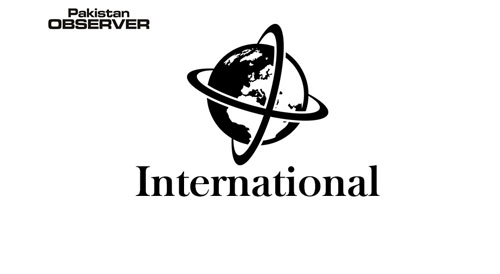Qatar
Future wars may be waged in outer space, but the Arabian Desert already saw what military experts dub the world’s first ‘space war’ – the 1991 Desert Storm operation to drive Iraqi forces from Kuwait. Today, the US faces new threats in the region from Iran’s missile programme and efforts to jam, hack and blind satellites
The newly formed US Space Force is deploying troops to a vast new frontier: The Arabian Peninsula. Space Force now has a squadron of 20 airmen stationed at Qatar’s Al Udeid Air Base in its first foreign deployment. The force, pushed by President Donald Trump, represents the sixth branch of the US military and the first new military service since the creation of the Air Force in 1947.
It has provoked scepticism in Congress, satire on Netflix, and, with its uncannily similar logo, “Star Trek” jokes about intergalactic battles. Future wars may be waged in outer space, but the Arabian Desert already saw what military experts dub the world’s first “space war” – the 1991 Desert Storm operation to drive Iraqi forces from Kuwait. Today, the U.S. faces new threats in the region from Iran’s missile program and efforts to jam, hack and blind satellites.
“We’re starting to see other nations that are extremely aggressive in preparing to extend conflict into space,” Col. Todd Benson, director of Space Force troops at Al Udeid, said. “We have to be able to compete and defend and protect all of our national interests.” In a swearing-in ceremony earlier this month at Al Udeid, 20 Air Force troops, flanked by American flags and massive satellites, entered Space Force. Soon several more will join the unit of “core space operators” who will run satellites, track enemy manoeuvres and try to avert conflicts in space.
“The missions are not new and the people are not necessarily new,” Benson said. That troubles some American lawmakers who view the branch, with its projected force of 16,000 troops and 2021 budget of $15.4 billion, as a vanity project for Trump ahead of the November presidential election.
Concerns over the weaponisation of outer space are decades old. But as space becomes increasingly contested, military experts have cited the need for a space corps devoted to defending American interests.
Threats from global competitors have grown since the Arabian Gulf War in 1991, when the US military first relied on GPS coordinates to tell troops where they were in the desert as they pushed Iraqi dictator Saddam Hussein’s forces out of Kuwait. Benson declined to name the “aggressive” nations his airmen will monitor and potentially combat. But the decision to deploy Space Force personnel at Al Udeid follows months of escalating tensions between the US and Iran.
Hostilities between the two countries, ignited by Trump’s unilateral withdrawal of the US from Iran’s nuclear accord, came to a head in January when US forces killed a top Iranian general. Iran responded by launching ballistic missiles at American soldiers in Iraq.—Agencies









